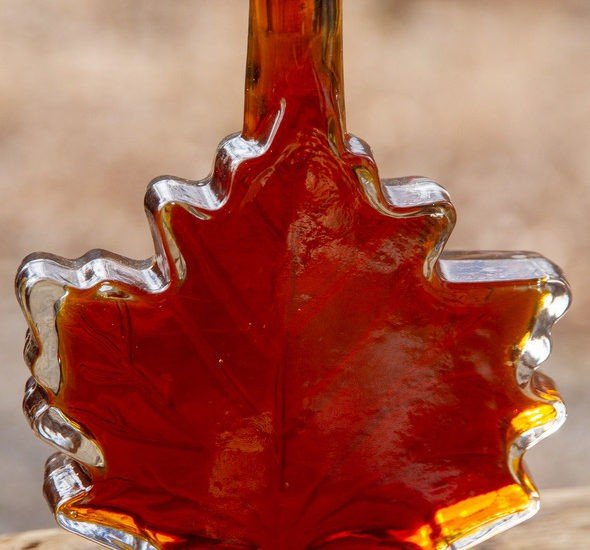
MADISON – Wisconsin wild rice harvesters are beginning to plan their 2019 season. The Department of Natural Resources is reminding people to acquire the necessary license before heading into the rice beds and is asking them to complete the harvester survey sent by mail at the close of the season.
“Overall, the wild rice crop across northern Wisconsin appears to remain below the long-term average for abundance,” said Jason Fleener, DNR wetland habitat specialist. “However, plenty of good harvest opportunities exist if ricers do their homework to locate the right body of water to harvest,” he added.
Several waters in the Polk County and Northern Highlands regions are struggling to produce rice this year. Sustained high water tables have raised lake levels, especially in north-central Wisconsin, affecting wild rice production.
A helpful resource is GLIFWC’s Off-Reservation Wild Rice Harvest Regulations web page. This page does not contain a comprehensive list of all Wisconsin wild rice waters, but it features reports on commonly harvested waters. The survey results posted on this page reflect a body of water’s wild rice crop relative to historic yields on that water and do not necessarily reflect total abundance or predict harvest success.
For example, a large lake assessed with a “fair” crop of rice may result in greater harvest opportunity than a small lake with a “good” crop. This page also contains a list of date-regulated waters with opening dates and closures as they are determined.
As the season progresses, lake opening notices will be posted on the GLIFWC page regularly as dates are determined. Often, lakes do not open until Labor Day weekend or later. Year-to-year variation occurs, so check the website out frequently for the latest information. Date-regulated lakes will also be posted at least 24 hours before the lake opens for harvest at commonly used boat landings. “The openings for local date-regulated lakes provides a good barometer for when local non-date-regulated lakes are ready for harvest,” noted Fleener.
Opening harvest dates for date-regulated waters are determined jointly by DNR and tribal officials. Many of these date-regulated waters are producing insufficient crops or no wild rice and will be posted as closed for harvest this year.
Recreational boaters, anglers and early teal and goose hunters are encouraged to take precautionary measures using watercraft on waters with wild rice beds. Wave action has shown to cause damage to rice beds as they are maturing throughout the spring and summer. Watercraft usage directly in wild rice beds cuts and injures plants. Intentional cutting of wild rice plants is illegal over Wisconsin’s public waters.
DNR officials stress the importance of waiting to harvest until rice falls with relatively little effort while flailing. If most of the rice appears to be milky or still growing inside the hull, it is best to come back and try harvesting later. Premature harvest attempts often inhibit the maturation of the rice kernels and can damage plants if harvesters use excessive force in the flailing process. This not only affects harvest opportunities for other rice harvesters but can also have long-term effects on the sustainability of rice beds.
As a general rule-of-thumb, rice growing on river systems tends to mature sooner than lake rice. Lakes such as Pacwawong Lake in Sawyer County and Island Lake in Vilas County are notorious for ripening later and often do not peak until mid-September.
How to harvest wild rice.
Wisconsin DNR produced a video on harvesting wild rice that offers an introductory look at the tools and proper techniques for wild rice harvesting. people can view the video on the DNR website, dnr.wi.gov, by searching keywords “wild rice.” Information regarding wild rice licensing and harvest regulations are also available on the wild rice web page.
People who purchase a Wisconsin Wild Rice harvesting license through DNR’s Go Wild licensing system will be mailed a wild rice harvest survey following the harvesting season. The survey is coordinated jointly between the Great Lakes Indian Fish and Wildlife Commission (GLIFWC) and Wisconsin DNR. The survey is a critical tool in gathering data that helps inform future management and research of wild rice.
The survey tracks biological trends over time, such as estimates of annual harvest, estimates of average harvest (pounds) per trip, and trends in the presence of disease and pests. The survey also addresses social issues such as harvester experience and preferences. Those harvesters who receive a survey are encouraged to fill it out and mail it in as another way to support wild rice conservation.


